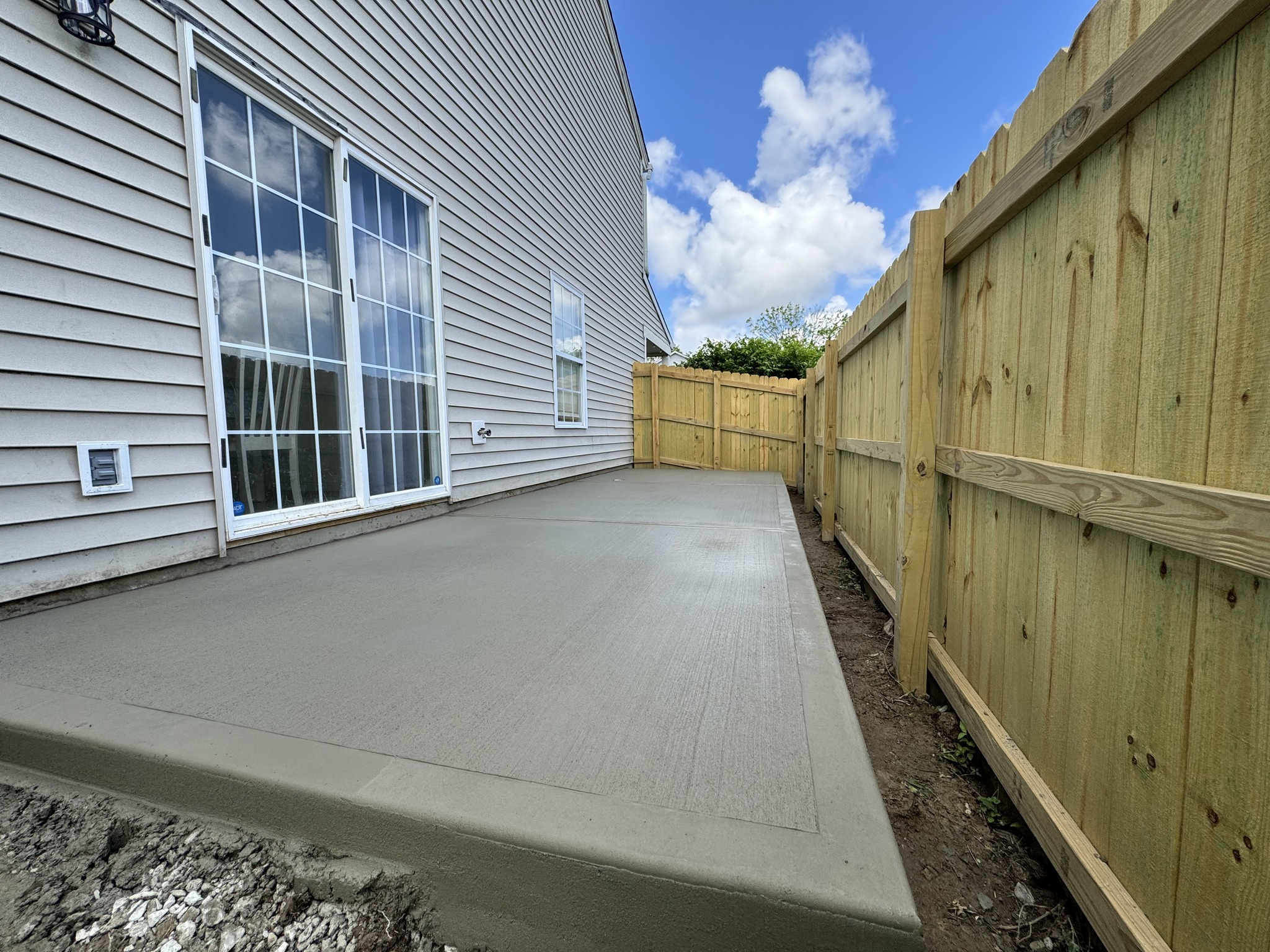
Key Considerations for Building Long-Lasting Concrete Walkways Aug 05, 2025
Firstly, the choice of materials plays a crucial role in the durability of your walkway. Opting for high-quality concrete mix can make a significant difference. A good quality mix should contain the right ratio of cement, water, sand, and aggregates. The inclusion of additives such as fibers or air-entraining agents can further enhance the strength and resilience of your concrete surface.
Site preparation is another vital step that should not be overlooked. Properly preparing the base on which the concrete will be poured is crucial for preventing cracks and uneven surfaces. This includes removing any debris and vegetation, leveling the ground, and compacting the soil to create a stable foundation. A well-prepared base ensures that the walkway remains stable and even over the years.
The importance of proper formwork cannot be understated when building concrete walkways. Formwork involves setting up boards along the edges of the future walkway to hold the concrete in place as it cures. Ensuring that the formwork is level and securely staked will help maintain the desired shape and thickness of the concrete. Professional services like H&R Concrete have the expertise to execute this step with precision, ensuring a flawless outcome.
Temperature and weather conditions should also be considered during the pouring and curing processes. Extreme temperatures can affect the setting and strength of concrete. Thus, it's best to pour concrete in mild weather conditions. Additionally, protecting the concrete from rain and extreme heat during the curing process is critical. Methods such as using plastic sheeting or wet burlap can help maintain a consistent moisture level, which is necessary for proper curing.
Control joints are an often-overlooked aspect that contributes significantly to the longevity of concrete walkways. These joints are strategically placed grooves that allow for the natural expansion and contraction of concrete due to temperature changes. Without control joints, cracks can form randomly, compromising the integrity of the walkway. Planning and placing control joints at regular intervals can prevent unsightly and unexpected cracking.
Sealing the concrete is a final step that offers protection against the elements and enhances the walkway’s appearance. A good quality concrete sealant will shield the surface from moisture, freeze-thaw cycles, and stains. Regular maintenance of the sealant is recommended to preserve the walkway’s look and integrity over time.
In conclusion, building a long-lasting concrete walkway involves careful consideration of each step in the process. From selecting high-quality materials and preparing the site to addressing environmental factors and sealing, each stage demands attention to detail and expertise. By prioritizing these key considerations, customers of H&R Concrete can enjoy durable and visually appealing walkways that enhance their landscapes for years to come. Investing time in proper preparation and maintenance not only ensures longevity but also maximizes the value and enjoyment of your outdoor space.
/filters:no_upscale()/media/203210ff-094f-42a2-9093-cbf56f3c2f93.webp)
/filters:no_upscale()/filters:format(webp)/media/c072d2dd-6e4a-4753-97df-7a6e43b11ff1.jpg)